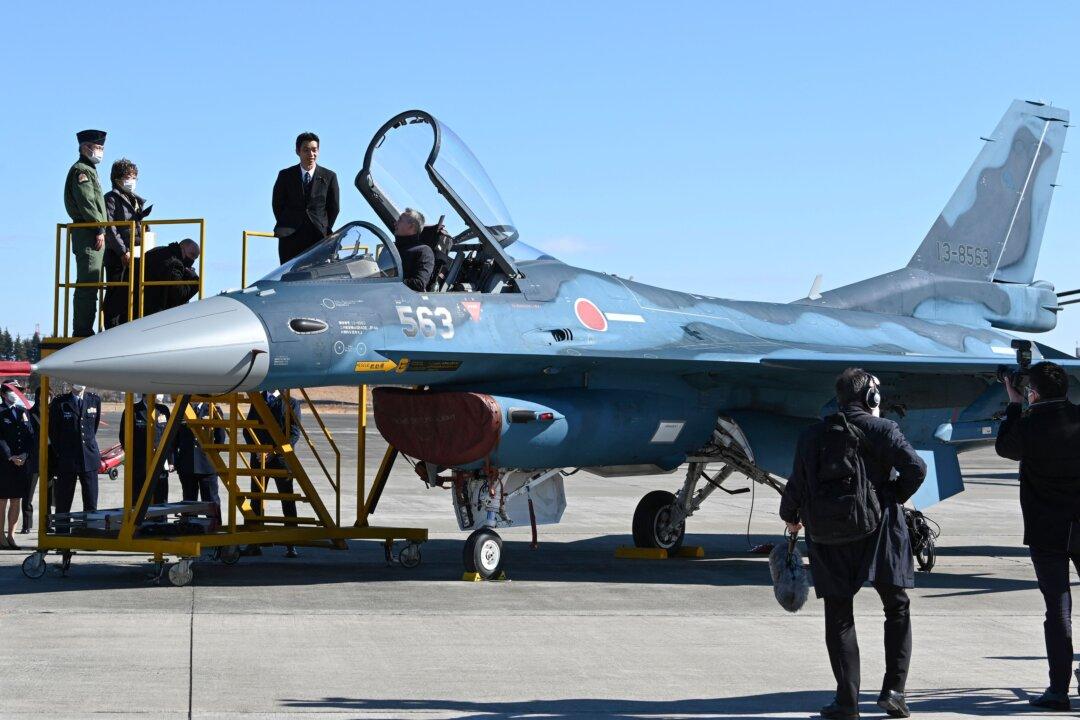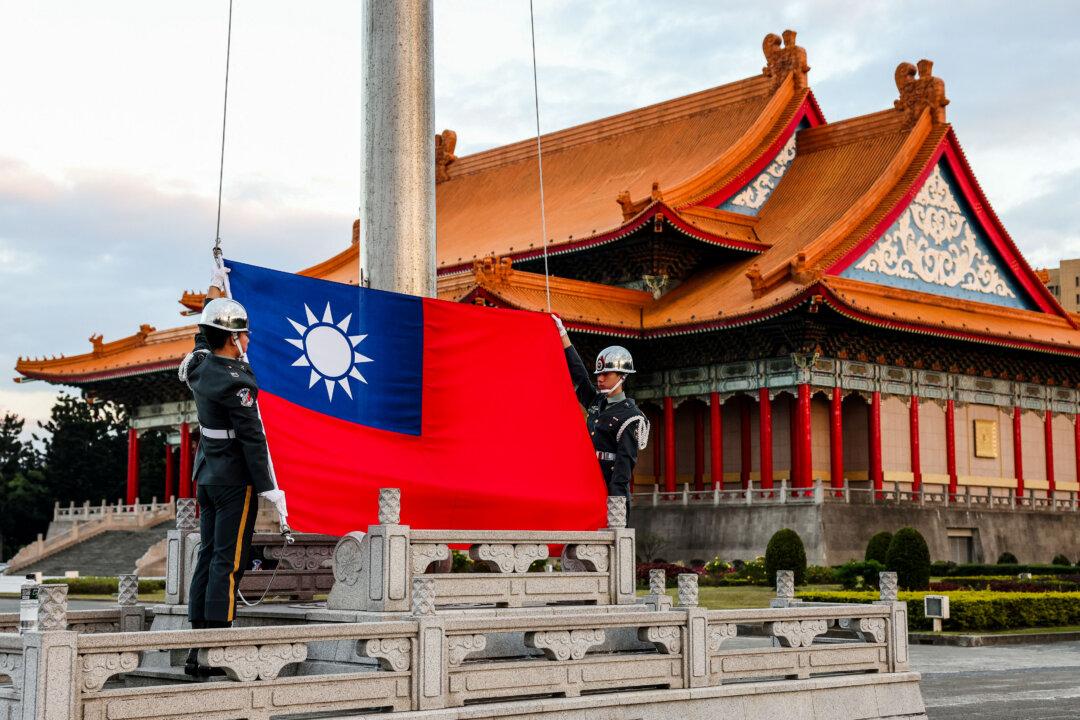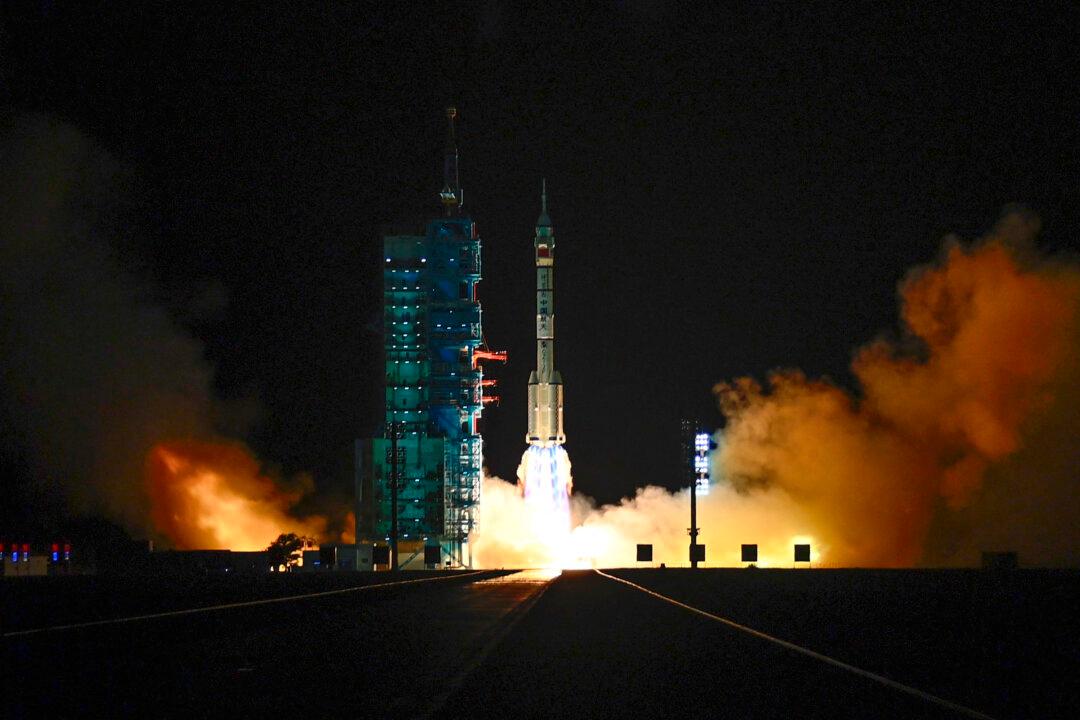In a notable shift in its defense posture, Japan has begun integrating civilian airports into its military operations. This development—a direct response to the evolving security dynamics in the Asia-Pacific—follows the Japanese government’s adoption of key National Defense Security documents last year. The strategy aims to bolster Japan’s preparedness against potential conflicts, aligning with its proactive diplomatic efforts to deter war.
A striking example of this new approach was witnessed on Nov. 13 at Oita Airport, Kunisaki Peninsula. Moments after a commercial flight from All Nippon Airways (ANA) touched down, the runway welcomed an unusual sight: four F-2 fighter jets from the Japanese Self-Defense Forces. These jets, after refueling alongside commercial planes, promptly resumed their journey from Haneda International Airport.





